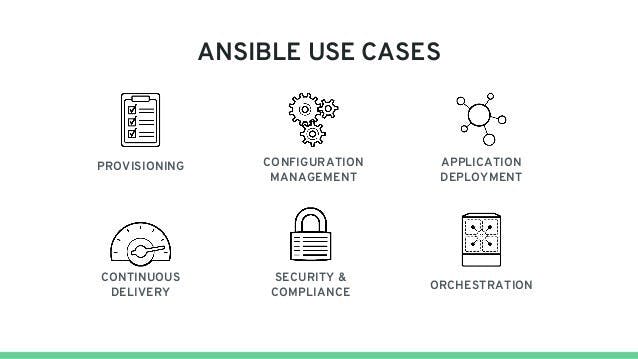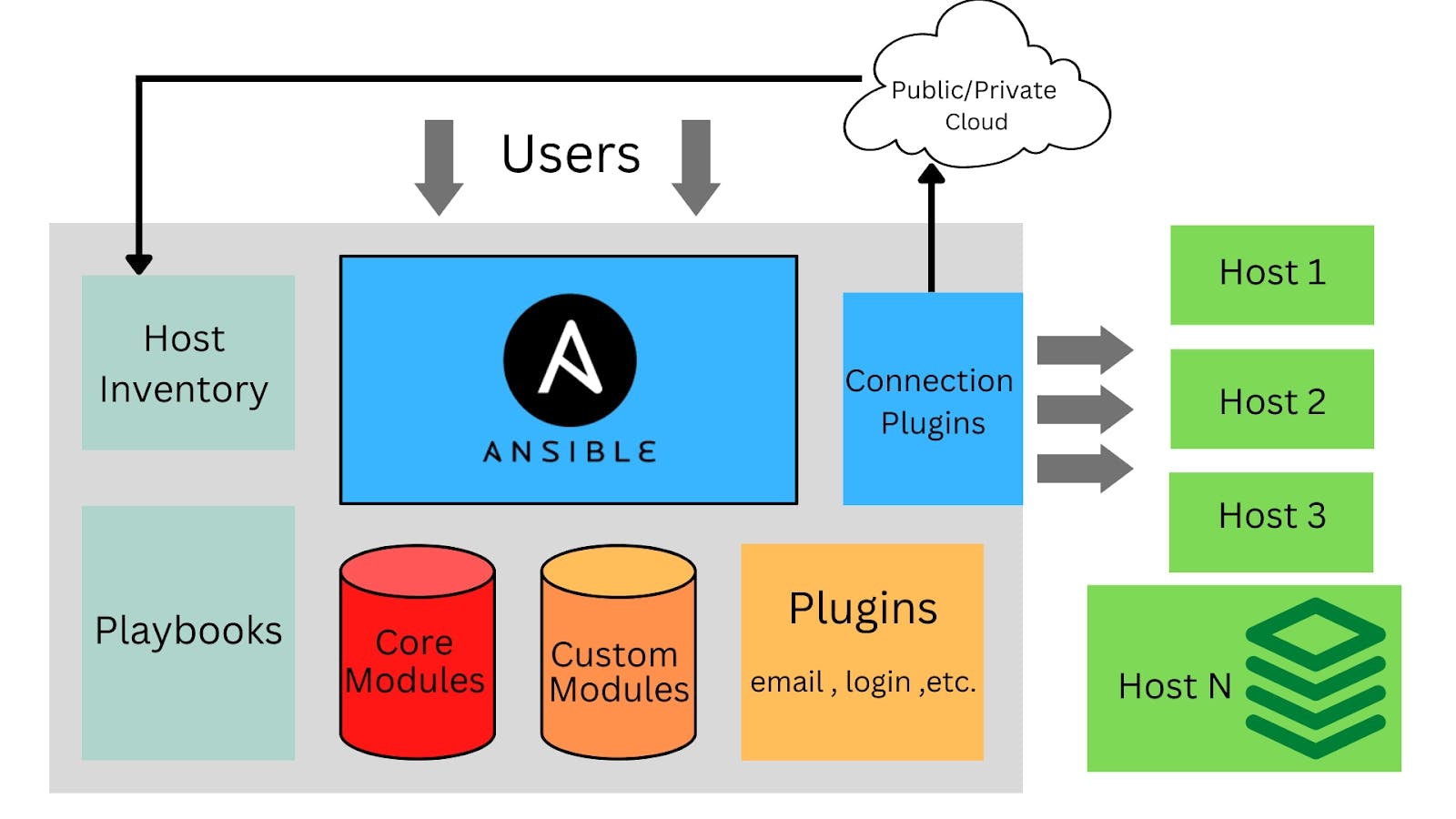Introduction to Ansible
Ansible is an open-source configuration management tool that allows you to automate the deployment, configuration, and management of your infrastructure. It was created by Michael DeHaan in 2012 and was later acquired by Red Hat in 2015. Ansible is written in Python and uses a simple YAML-based language called Ansible Playbooks to describe the desired state of your infrastructure.

Key Features of Ansible
One of the key features of Ansible is its simplicity and ease of use. Ansible does not require any agents or additional software to be installed on your remote hosts, which makes it easy to get started with. Ansible also uses SSH to connect to your hosts, which means that you don't need to open any additional ports on your firewall.
Another key feature of Ansible is its idempotency. This means that if you run an Ansible playbook multiple times, it will always bring your infrastructure to the same desired state. Ansible achieves this by using a declarative approach to configuration management, where you describe the desired state of your infrastructure, rather than the steps required to get there.

Advantages of using Ansible
There are several advantages to using Ansible for configuration management. Firstly, Ansible allows you to automate repetitive tasks, which can save you a lot of time and reduce the risk of human error. Secondly, Ansible is very flexible and can be used to manage a wide range of infrastructure, including servers, switches, routers, and even cloud resources. Thirdly, Ansible is open-source and has a large and active community, which means that there are many resources and modules available to help you get started.

Ansible Use Cases
Ansible can be used for a wide range of use cases including:

Ansible vs Other Configuration Management Tools
There are many configuration management tools available, including Puppet, Chef, and SaltStack. Each tool has its own strengths and weaknesses, and the choice of tool will depend on your specific requirements.
One of the main advantages of Ansible over other tools is its simplicity and ease of use. Ansible does not require any agents or additional software to be installed on your remote hosts, which makes it easy to get started with. Ansible also uses a declarative approach to configuration management, which can make it easier to understand and manage your infrastructure.
Setting up Ansible
Setting up Ansible is relatively simple. Firstly, you need to install Ansible on your control node. This can be done using your package manager or by downloading the source code from the Ansible website. Once Ansible is installed, you need to create an inventory file to define your hosts and groups. You can then create an Ansible playbook to describe the desired state of your infrastructure.
Ansible Modules and Plugins
Ansible comes with many built-in modules that can be used to perform common tasks. Some of the most commonly used modules include:
apt: for managing packages on Debian-based systems
yum: for managing packages on Red Hat-based systems
file: for managing files and directories
service: for managing services
user: for managing users and groups
Ansible also supports plugins, which can be used to extend its functionality. Some of the most commonly used plugins include:
Inventory plugins: for generating dynamic inventories
Connection plugins: for connecting to remote hosts
Lookup plugins: for looking up values from external sources
Filter plugins: for manipulating data within playbooks

Ansible Playbooks
Ansible Playbooks are the heart of Ansible. Playbooks are simple YAML files that describe the desired state of your infrastructure. Each playbook consists of one or more plays, which are a set of tasks that are executed on a specific set of hosts. Tasks are executed in order, and Ansible ensures that each task is idempotent.
Ansible Tower
Ansible Tower is a commercial product from Red Hat that provides a web-based GUI and additional features for managing your Ansible infrastructure. Ansible Tower allows you to manage your inventory, run Ansible playbooks, and view the results in real-time. Ansible Tower also provides additional features such as RBAC, job scheduling, and API access.
Ansible Best Practices
To get the most out of Ansible, it is important to follow some best practices. Some of the best practices include:
Use roles to organize your playbooks
Use YAML linting to ensure your playbooks are valid
Use Ansible Galaxy to share and reuse roles
Use source control to manage your playbooks
Use variables to make your playbooks more flexible

